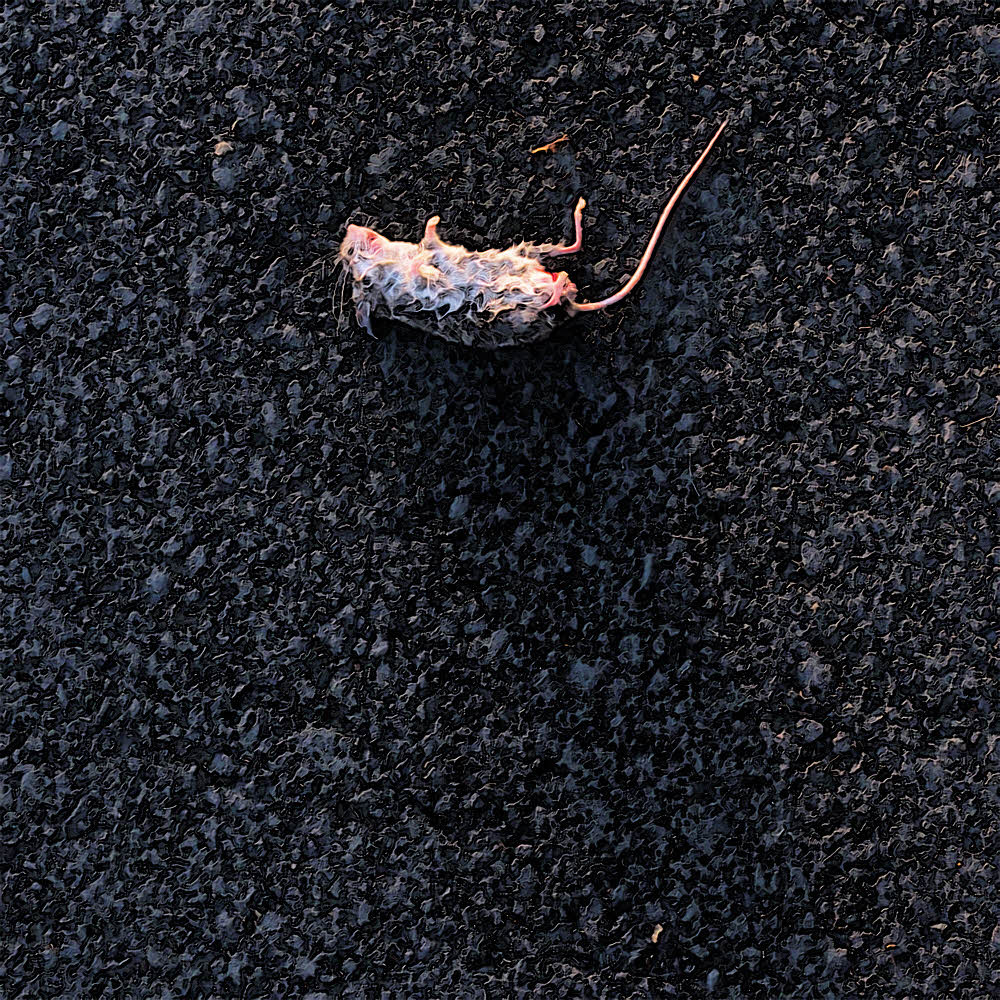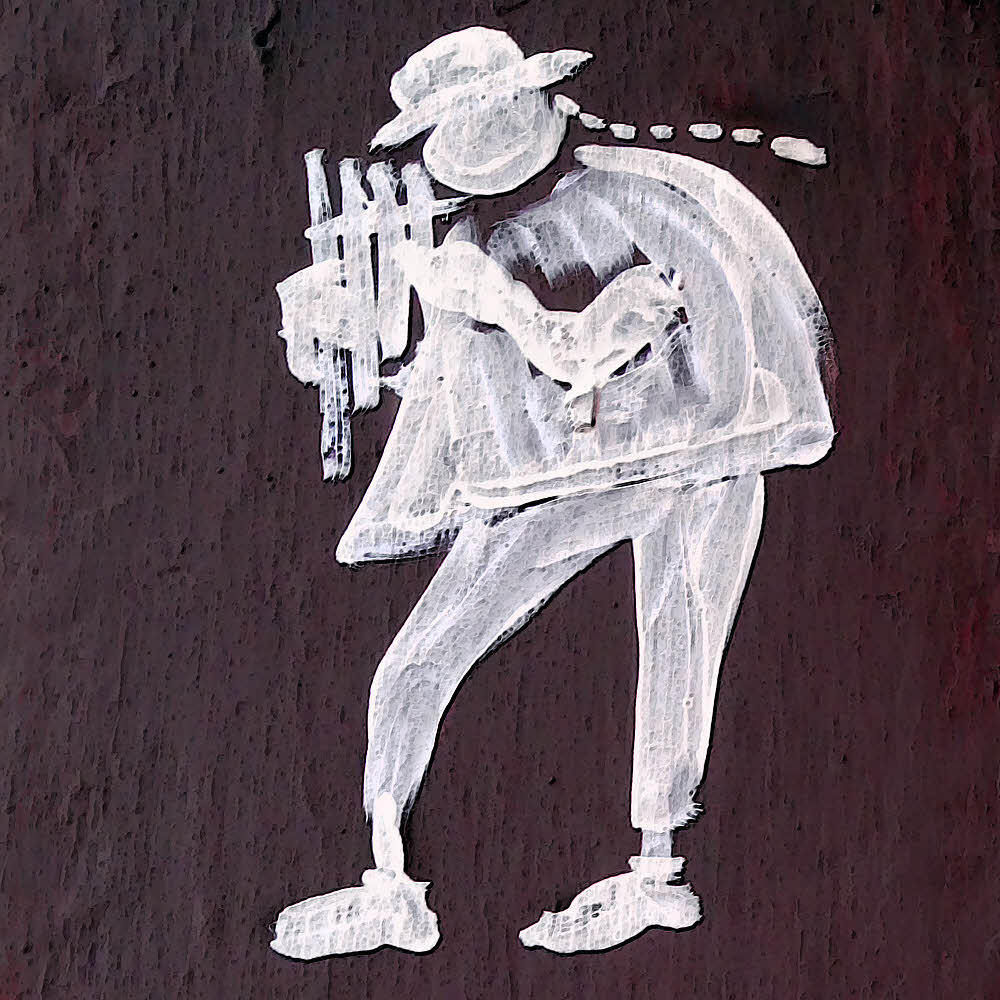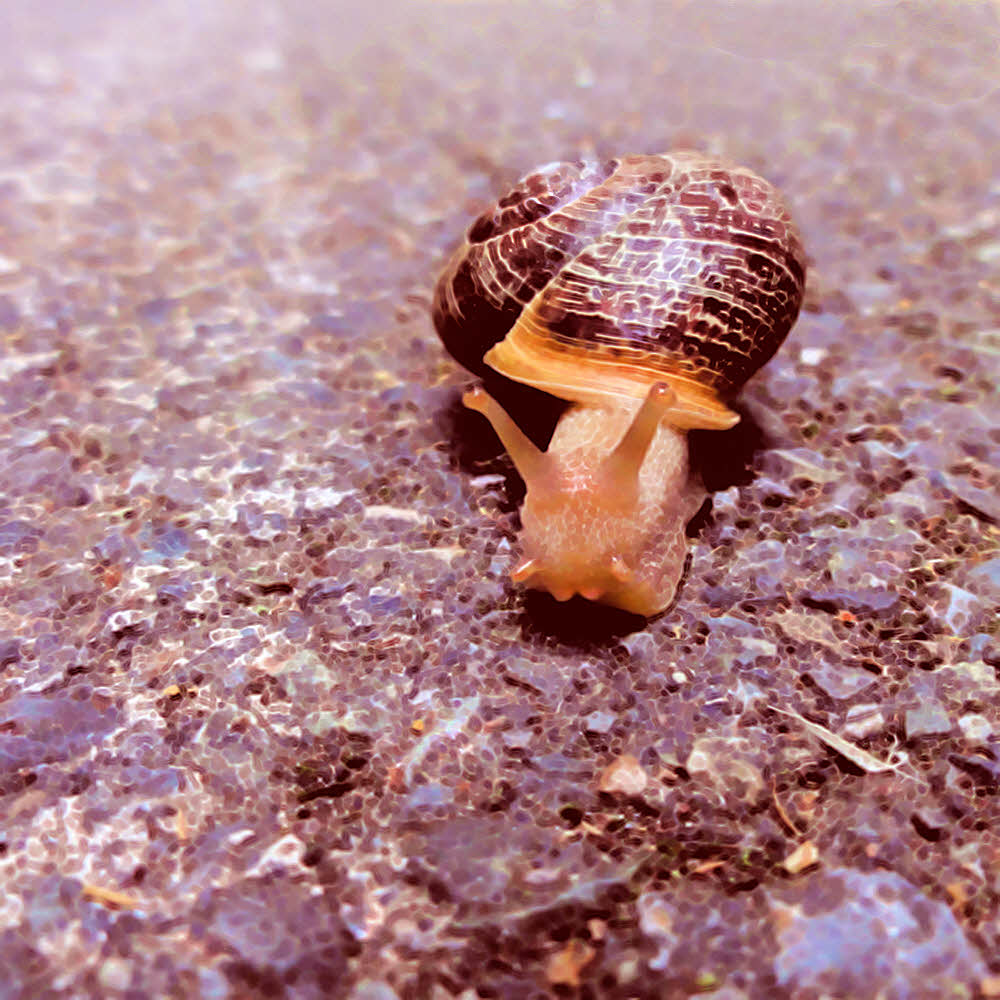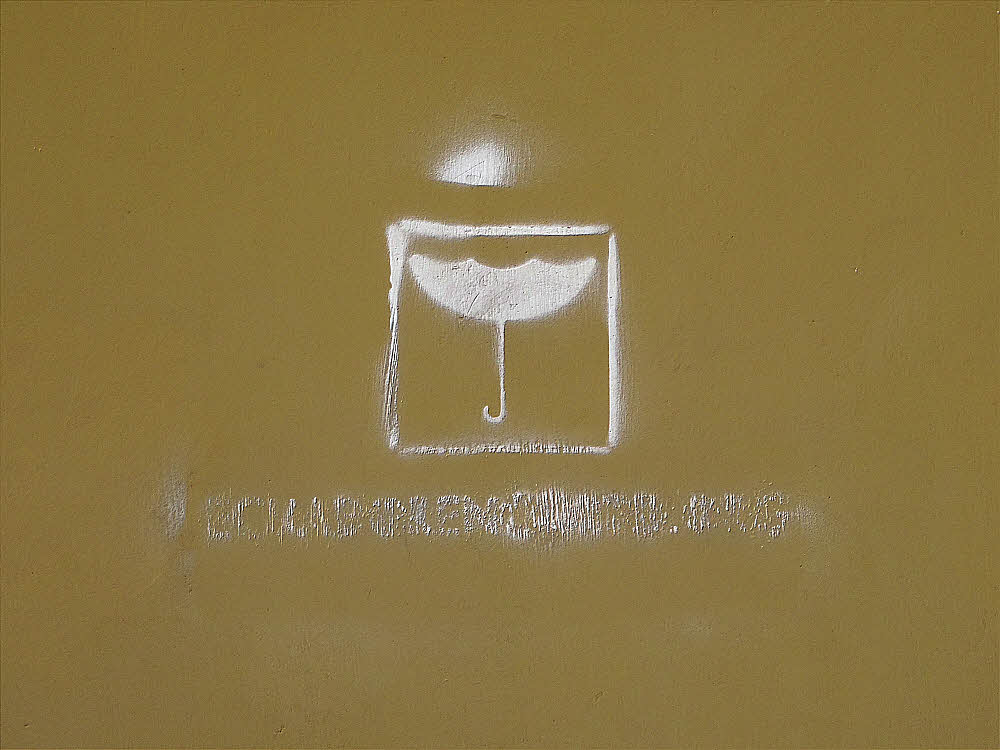
Something like catnip for insects.
Bug dope is a substance that makes crawly, biting things stop and scratch their tiny brainless, pointy, armored heads for a bit, which gives you a chance to escape with your hide intact, if you are smart.
How does it work then? Well, it works by clogging up their little feelers (where their smelling organs are located, if you can believe that) and sending waves of intense, confusing pleasure coursing through their bitsy, barely functioning neural networks, washing away all notions of poking holes in your epidermis, if only temporarily.
Bug dope may be an artificial chemical substance like DEET, or some kind of botanical.
It may be the essential oil of the lemon eucalyptus (and its active ingredient p-menthane-3,8-diol), which smells a bit like menthol and acts as a coolant, a nice added benefit on those hot days when you are staked out on the ground and left alone by your captors to deal with the ants.
This lemon eucalyptus oil has been found to be the only fully natural substance capable of deterring mosquitoes carrying West Nile Virus. (Interesting, no?)
Unfortunately lemon eucalyptus oil is completely ineffective against other mosquitoes whose viral passengers can't figure out east from west, or have forgotten their compasses and have never even heard of the Nile, but still want to do you in.
But you can't have everything, can you? Even if you both need it and want it.
OK — back to dreary lane.
Bug dope may be icaridin, also known as picaridin, or Bayrepel, or KBR 3023, or simply plain good old hydroxyethyl isobutyl piperidine carboxylate just like the stuff your mother used to make at home on the kitchen stove on Friday nights after dinner.
Bug dope can be citronella oil, claimed either to be effective or not effective, but rumored to calm barking dogs, and useful in soap making in case you want to go in that direction.
Bug dope may be permethrin, which also kills insects, (a dead insect is a not-nippy insect), spiders, ticks, mice, and cats.
Bug dope may be neem oil, which repels your mealy bug, your beet armyworm, your aphid, your cabbage worms, your nematodes and your Japanese beetles, and kills your ants, your bedbugs, your cockroaches, your houseflies, your sand flies, your snails, your termites, and your mosquitoes (finally we get to the mosquitoes already).
And if you have black spot, powdery mildew, or the rust fungus, neem oil might help there too. Couldn't hurt, right? Maybe not.
And because it (neem oil) smells something like peanuts mixed with garlic it might also attract bears while simultaneously fending off vampires, in case you have a problem with too many vampires and not enough bears hanging around your camp.
Or your bug dope of choice may be nepetalactone, also known as catnip oil, which can be fun at parties, if you get invited to the right kinds of parties.
But then again, if you are invited to parties, the right kinds or not, you might come home again with some other kind of infestation, possibly in your pants, which can be a decent learning experience.
We few, we grumpy few, we rumply-hat geezers say to you Effort or Eff it. No sniveling.


